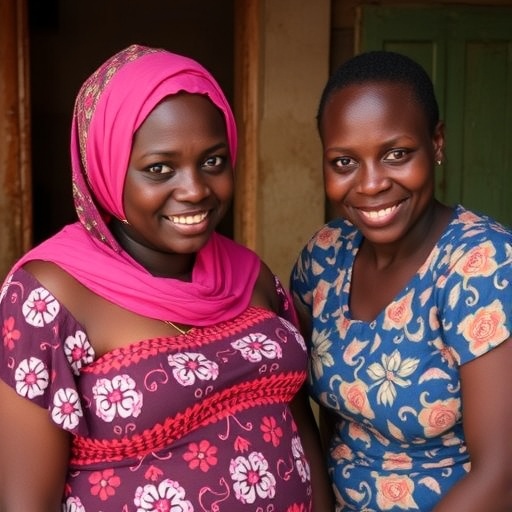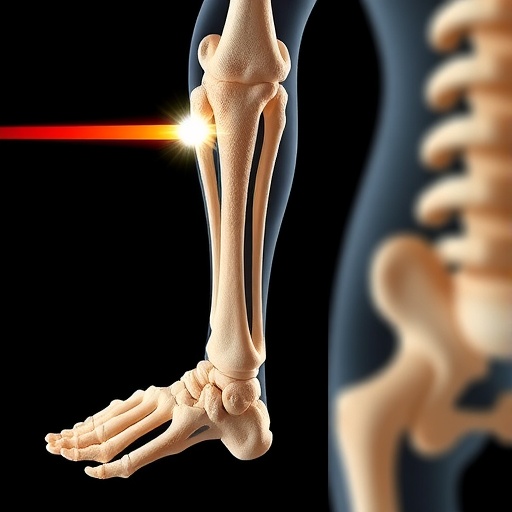A new paper in the Journal of Molecular Cell Biology revealed that pig breeds such as Tibetan pigs and Min pigs use a unique method to survive when exposed to cold environments. This has important implications for the swine industry as cold weather is a major cause of death in new-born piglets.
Previous studies have shown that mice use brown fat to produce heat and maintain core body temperature without shivering. They do this using an uncoupling protein (UCP1) to convert fat to heat. Most pig breeds come from tropical habitats and so, with no need to produce heat, they lost functional UCP1 around 20 million years ago. This lack of UCP1 makes many pigs susceptible to health problems due to cold.
However, several pig breeds are cold resistant. The full molecular mechanism causing cold-resistance in pigs is currently unknown but the paper shows that this resistance is not dependent on shivering, but rather on a different uncoupling protein (UCP3) and white fat.
White fat is the primary energy storage organ and has been shown to develop 'brown-like' fat cells, also known as brown-in-white or beige cells, in response to various activators. The production of heat from beige fat cells still requires an uncoupling protein and, because pigs don't have UCP1, scientists didn't know how cold-resistant pigs were able to use beige fat cells in heat production.
By testing three breeds all indigenous to China, the paper shows that UCP3 can be used for heat production and is present in cold resistant pigs such as Tibetan and Min breeds, but not in cold-sensitive breeds such as Bama pigs. Tibetan and Min pigs habitat mountainous Tibet and northeast China, respectively, exposing them to variable climates that drop below freezing in winter. In contrast, Bama pigs are domesticated and bred for meat production and scientific testing so are not as exposed to cold climates. The paper explains that the eight dominant pig breeds found across China can, in fact, be classified into cold-sensitive and cold-resistant breeds based on their UCP3 DNA sequence. This indicates that UCP3 has contributed to the evolution of cold resistance in the pig and overturns the idea that UCP1 is the only uncoupling protein used in heat production.
The use of brown in white fat cells and UCP3 for heat regulation in pigs has important practical implications. Neonatal mortality of piglets caused by the cold stress at birth is a major concern for the swine industry in cold regions, because reduced piglet survival rates in such areas causes economic losses in pig production. Understanding the molecular mechanisms of heat regulation in cold-resistant pigs might provide a strategy for genome-editing techniques to reduce cold stress related piglet mortality.
"Neonatal mortality of piglets caused by the cold stress at birth is a major concern for the swine industry in cold regions worldwide because reduced piglet survival rates in such areas cause huge economic losses in pig production," said Jianguo Zhao, one of the paper's authors. "Yet several breeds have adapted to cold environments and are well-recognized to be cold-tolerant. This provides a potential candidate target for small molecules and/or genome editing techniques to reduce cold-stress-mediated neonatal mortality in the pig industry."
###
The paper "Cold adaptation in pigs depends on UCP3 in beige adipocytes" is available at: https://doi.org/10.1093/jmcb/mjx018
Direct correspondence to:
Jianguo Zhao
Institute of Zoology, Chinese Academy of Sciences, Beijing 100101, China
E-mail: [email protected]
To request a copy of the study, please contact:
Daniel Luzer- [email protected]
Sharing on social media? Find Oxford Journals online at @OxfordJournals
Media Contact
Daniel Luzer
[email protected]
http://global.oup.com/academic/;jsessionid=13378C4
############
Story Source: Materials provided by Scienmag




